Modern travel often involves excess—overpacked suitcases, overscheduled itineraries, and overwhelming digital documentation of every moment. Yet a growing movement of minimalist travelers seeks to strip away these complications, focusing instead on meaningful experiences with fewer possessions and simpler plans. These travelers prioritize quality over quantity, deep connections over tourist checklists, and traveling light—both physically and mentally—to better absorb the essence of their destinations.
Here is a list of 15 trips ideally suited for those embracing the minimalist travel philosophy, where less truly becomes more.
The Camino de Santiago, Spain
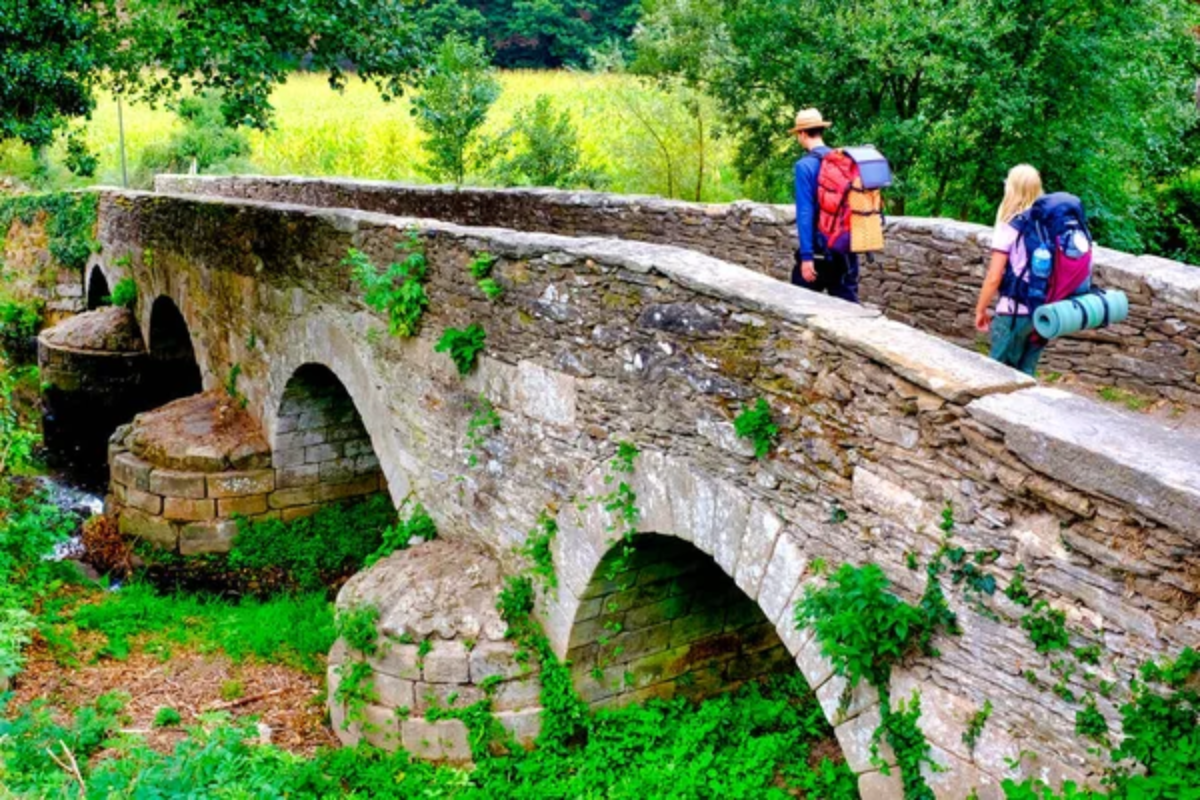
This ancient pilgrimage route embodies minimalist travel principles perfectly. Carrying only what fits in a backpack, pilgrims walk for weeks across northern Spain toward Santiago de Compostela. The journey naturally limits possessions to essentials, as every unnecessary ounce becomes a burden over hundreds of miles.
Simple albergues (pilgrim hostels) provide basic accommodations, while communal meals foster genuine connections with fellow travelers. The daily rhythm of walking, eating, and resting creates a meditative experience where external distractions fall away, leaving space for reflection and presence.
Japanese Temple Stay, Koyasan
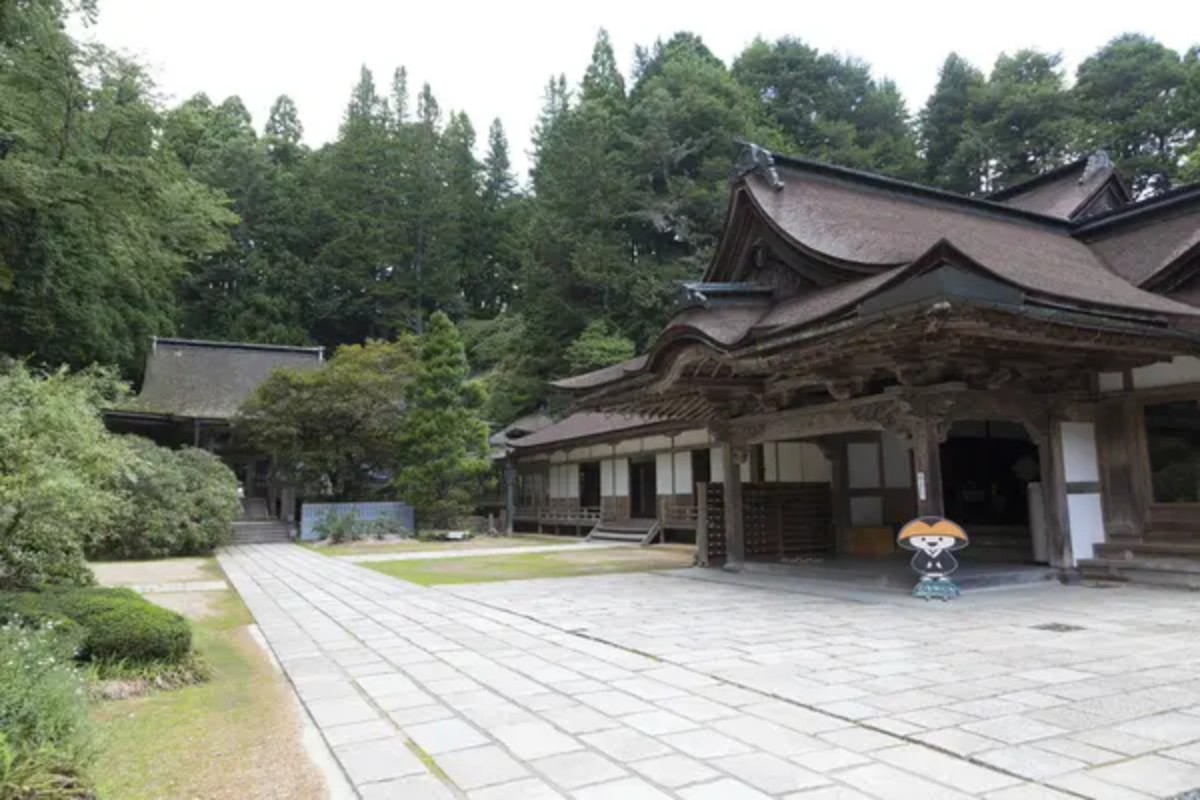
The Buddhist monastery complex of Mount Koya offers shukubo (temple lodging), where visitors experience the austere beauty of monastic life. Guests sleep on futons rolled out on tatami floors in rooms stripped of unnecessary furnishings. Shojin ryori, the traditional vegetarian Buddhist cuisine, presents small portions of seasonally appropriate foods prepared with minimal intervention to preserve natural flavors.
Morning meditation sessions and temple rituals provide structure without overscheduling. The entire experience demonstrates how removal rather than addition often creates more profound travel memories, aligning perfectly with minimalist principles.
Like Travel Pug’s content? Follow us on MSN.
Sailing Trip, Greek Islands
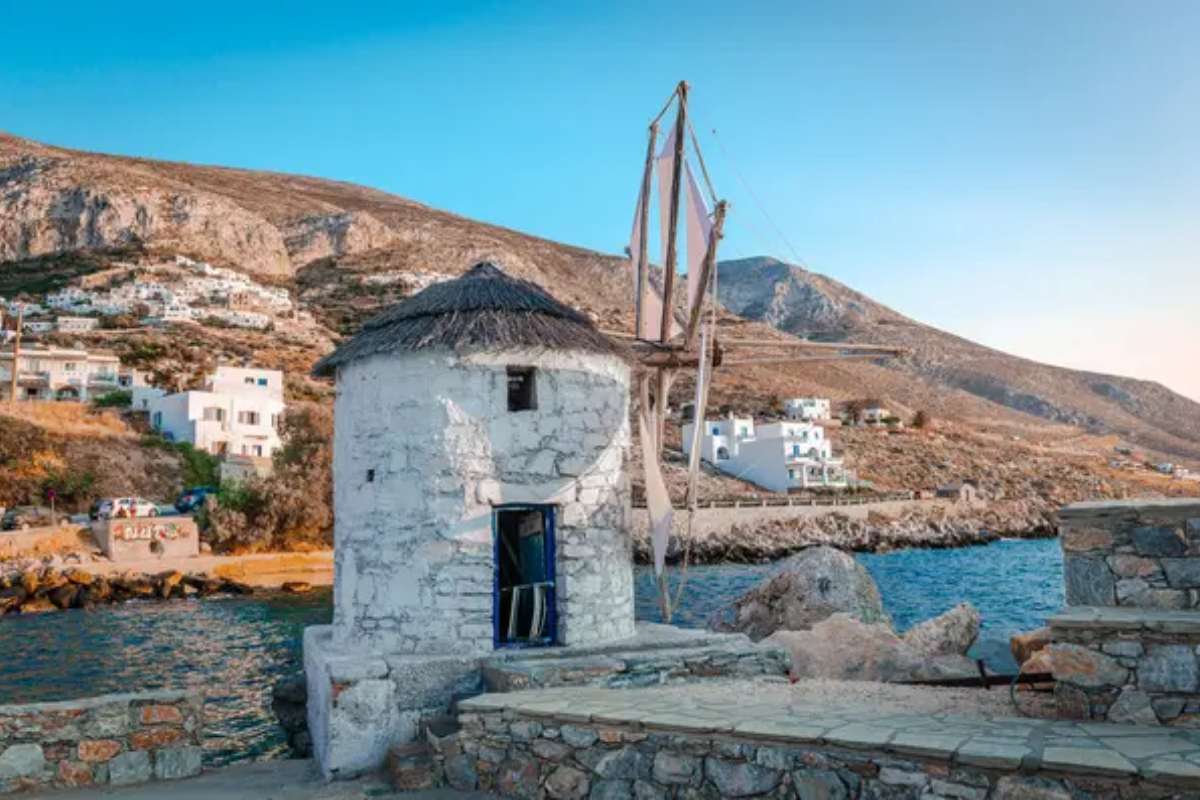
Cruising the Aegean by sailboat forces travelers to embrace minimalism through spatial constraints and self-sufficiency. Limited fresh water for washing and tight quarters for sleeping and storage naturally restrict what can be brought aboard. The simplicity of days guided by wind and weather rather than rigid itineraries allows travelers to sync with natural rhythms.
Dropping anchor in small harbors away from tourist centers encourages interaction with local communities and markets. The sailboat itself becomes a lesson in efficient design where everything serves multiple purposes—exactly what minimalist travelers seek in their packing strategies.
Desert Trek, Morocco
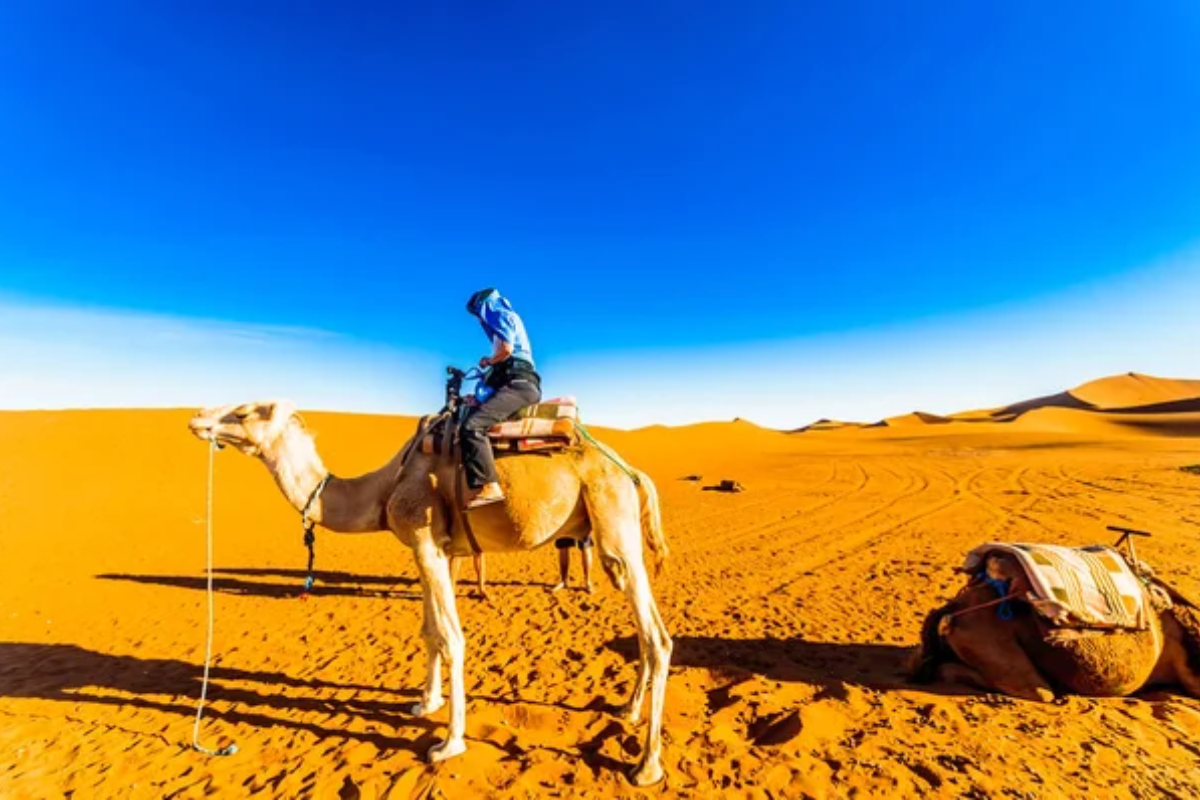
The Sahara strips life down to essentials, making it the perfect environment for minimalist travelers. Multi-day camel treks from Merzouga into the dunes require careful consideration of what to bring, as a person or animal must carry everything across difficult terrain. Nights spent in simple desert camps under vast starry skies demonstrate how dramatically reduced possessions can expand the experience.
The absence of digital connectivity and the presence of absolute silence create space for genuine connection with traveling companions and Berber guides. The desert’s harsh conditions teach valuable lessons about what humans truly need versus what we merely want.
Homestay Trek, Nepal

Trekking between rural villages in the Himalayan foothills while staying with local families embodies sustainable minimalism. Carrying only trekking essentials in a backpack, travelers move between simple homestays where families provide basic meals and sleeping space.
The limited electricity in many villages naturally curtails digital distractions, while the lack of shopping opportunities prevents the accumulation of souvenirs. Cultural exchange happens organically across dinner tables, rather than through commercial transactions.
The stunning mountain landscapes remind travelers that nature provides the most memorable experiences, requiring no enhancement or accessories.
Like Travel Pug’s content? Follow us on MSN.
Van Life, New Zealand
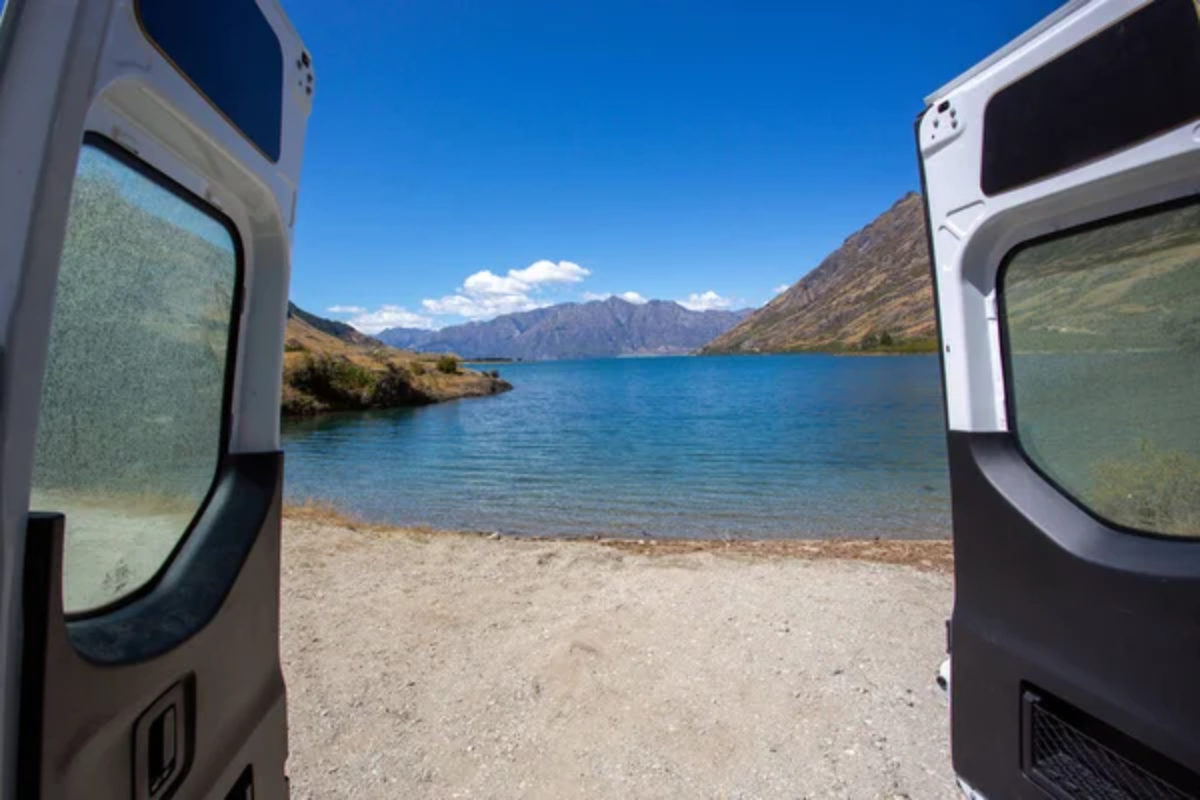
Exploring New Zealand’s diverse landscapes by campervan creates a mobile minimalist lifestyle. The limited space forces travelers to carefully select belongings and develop systems for organization and storage. Freedom camping in remote locations connects travelers directly with nature without the infrastructure of traditional accommodations.
The simplicity of cooking basic meals on portable stoves and sleeping in the same space night after night establishes comforting routines amid changing surroundings. The ability to move with weather patterns and personal interests rather than fixed reservations embodies the flexibility minimalist travelers value.
Island Hopping, Indonesia
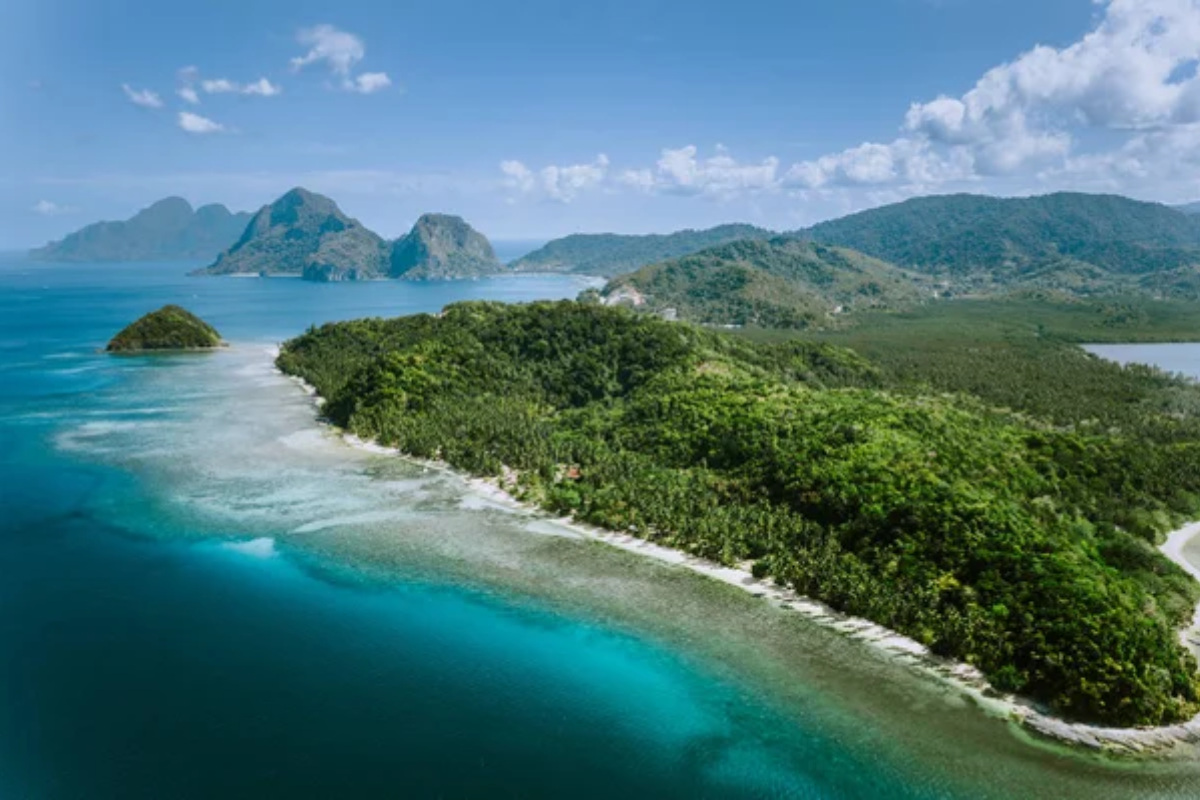
The lesser-developed islands of eastern Indonesia reward travelers willing to embrace minimal infrastructure and possessions. Moving between islands by local ferries and fishing boats requires packing light and adaptably. Simple beachside accommodations with limited electricity provide just enough comfort without excess.
The humid climate encourages minimal clothing, while the lack of high-end shopping prevents accumulation. Marine activities like snorkeling require minimal equipment yet provide maximum connection with the underwater environment. The relaxed pace of island life naturally slows travelers down, creating space to appreciate subtle details often missed in more developed destinations.
Tiny House Retreat, Vermont
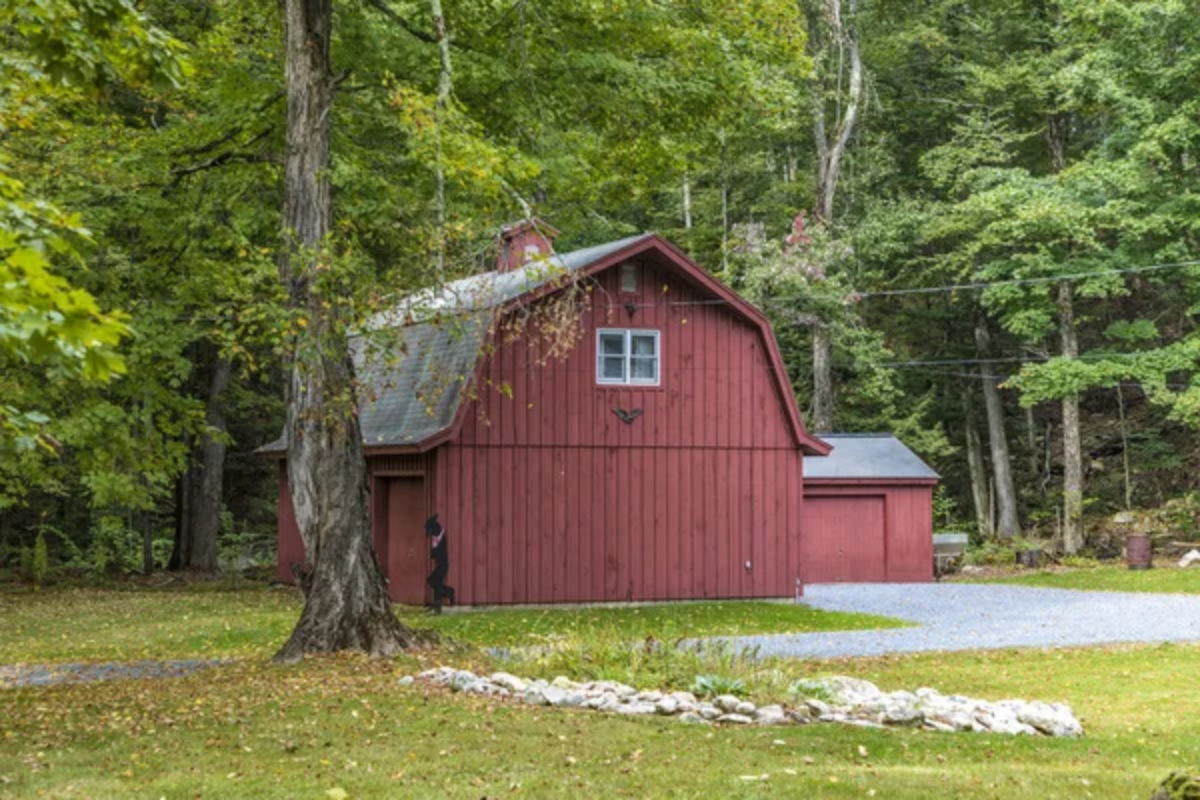
Staying in a tiny house in rural Vermont offers first-hand experience with intentionally minimized living space. These perfectly designed small structures, often under 400 square feet, demonstrate how thoughtful design eliminates the need for excess. The surrounding natural environment becomes an extension of the living space, encouraging outdoor exploration rather than indoor entertainment.
Many tiny house communities focus on sustainability practices like composting and water conservation, aligning with minimalist values. The experience often inspires travelers to reconsider spatial needs and possessions upon returning home, extending the journey’s impact beyond the trip itself.
Like Travel Pug’s content? Follow us on MSN.
Bicycle Tour, Denmark
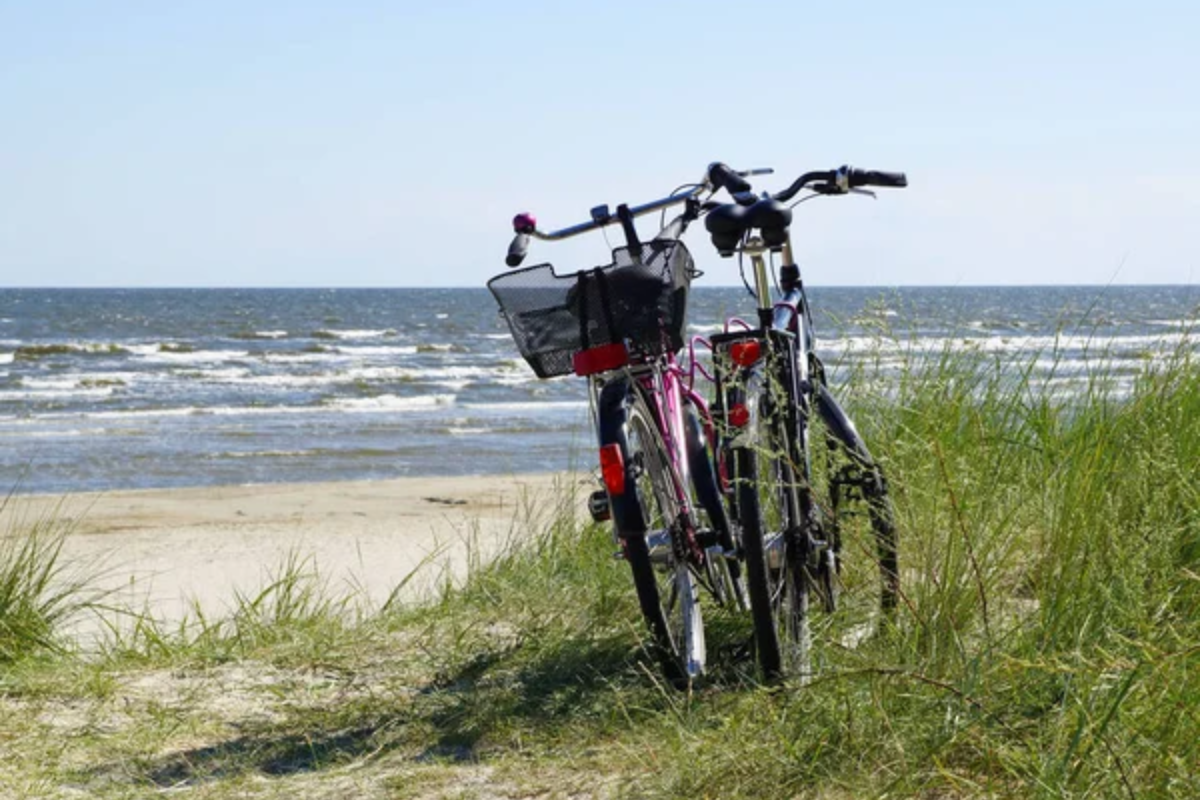
Denmark’s extensive cycling infrastructure makes it ideal for minimalist travel on two wheels. Carrying only what fits in panniers enforces careful packing, while the physical limitation of human-powered transportation naturally restricts daily distances. The slower pace reveals details of the landscape missed when driving, creating richer experiences with less territory covered.
Denmark’s commitment to sustainability aligns with minimalist values, from energy-efficient accommodations to reduced-waste food systems. The direct physical engagement with the environment—feeling every hill, breeze, and temperature change—creates a more immediate travel experience than insulated transport modes.
Cabin Stay, Finnish Lapland
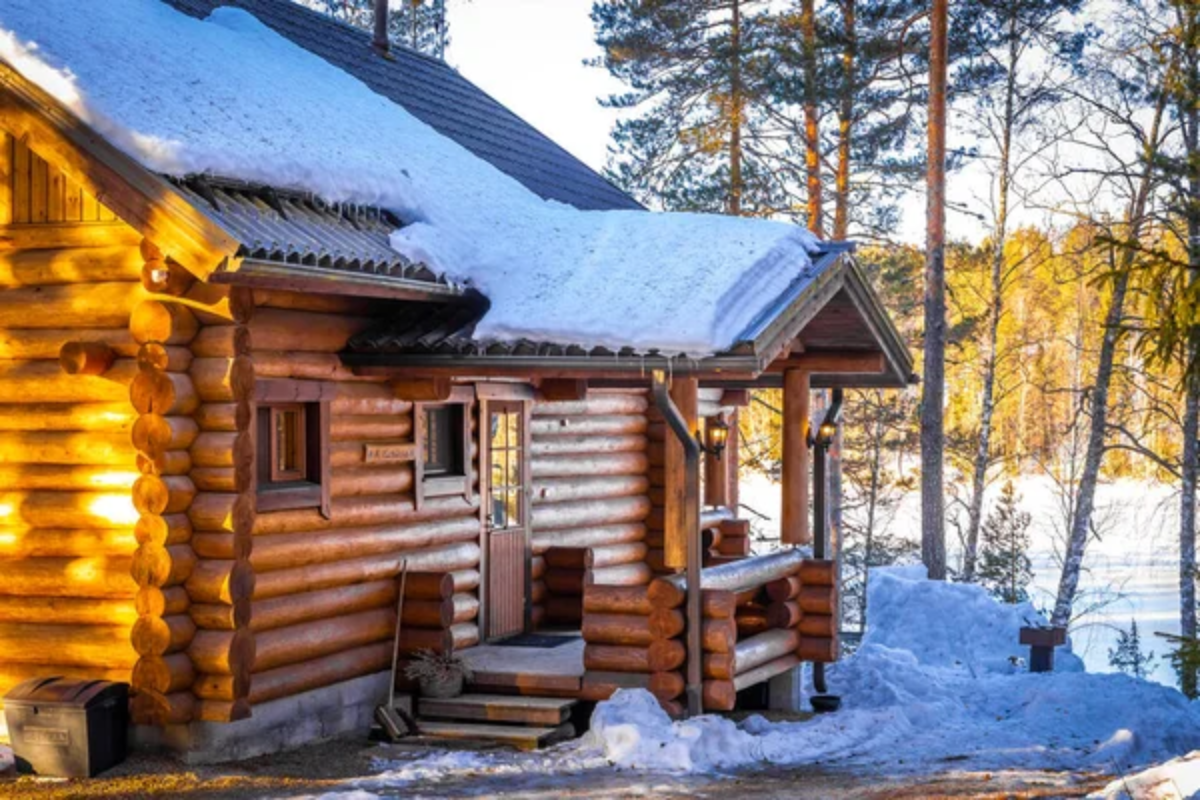
Traditional wilderness cabins in Lapland embody minimalist principles through their efficient use of resources and space. Many lack running water or electricity, using wood stoves for heat and cooking, while candles or oil lamps provide light. The surrounding Arctic environment requires minimal possessions but maximal attention to their quality, demonstrating the minimalist principle that fewer, better items outperform many mediocre ones.
Activities like foraging, fishing, and hiking connect travelers directly with the environment without equipment barriers. The natural phenomenon of the midnight sun or northern lights provides entertainment requiring no infrastructure, devices, or accessories.
Walking Safari, Zimbabwe
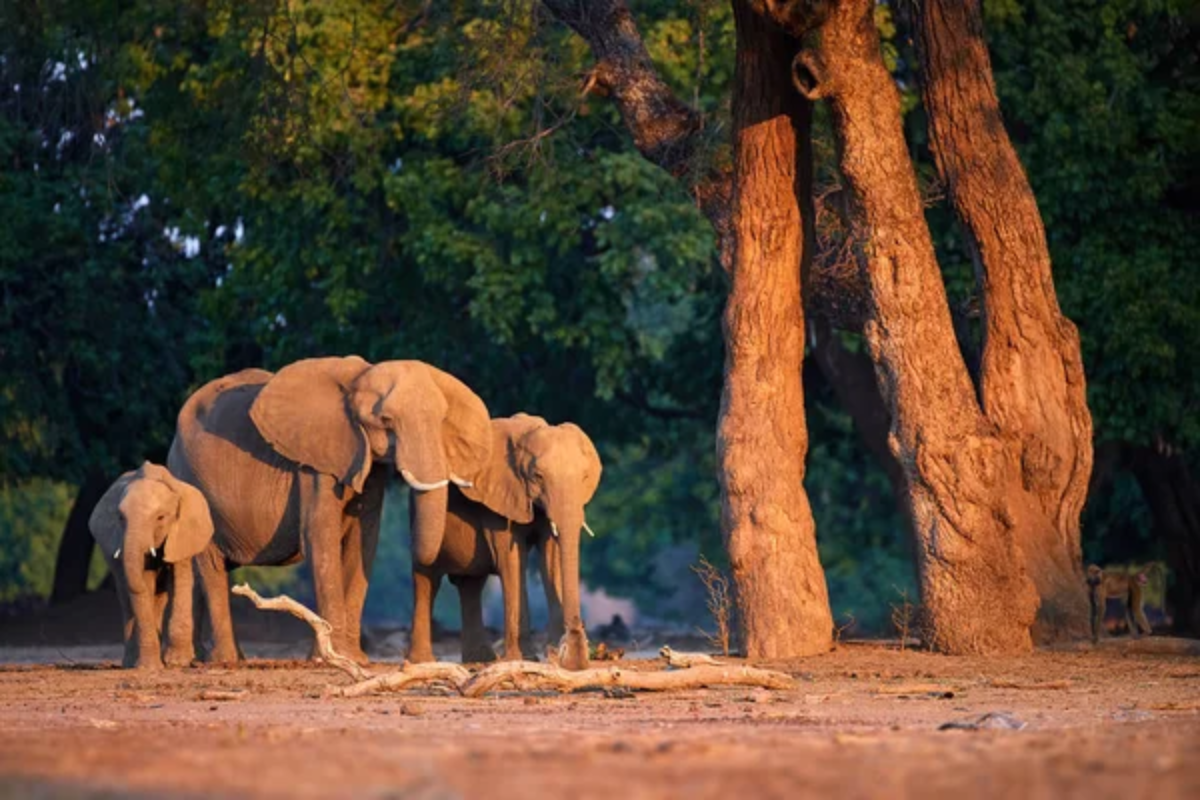
Unlike vehicle safaris with their infrastructure and equipment requirements, walking safaris in Zimbabwe strip the wildlife experience down to its essence. Accompanied by armed guides, travelers carry minimal supplies while moving between simple fly camps. The focus shifts from photography equipment and luxury lodges to developing heightened awareness of the environment.
Learning to recognize animal tracks, bird calls, and plant uses creates a deeper connection than merely collecting sightings or photos. The vulnerability of moving through wildlife territories on foot generates authentic experiences of humility and appropriate scale—key elements of the minimalist travel philosophy.
Like Travel Pug’s content? Follow us on MSN.
Trans-Siberian Railway, Russia

This classic train journey across Russia embodies slow travel and thoughtful minimalism. The spatial limitations of a train compartment require careful packing, while the days spent watching the landscape change through windows encourage mindful observation rather than constant activity. The rhythm of the station stops structured time without overscheduling, allowing for spontaneous interactions with local communities during breaks.
The shared experience with fellow passengers in close quarters often leads to meaningful connections across language barriers. The journey itself becomes the destination, eliminating the need for constant movement between accommodation and attractions.
Meditation Retreat, Thailand
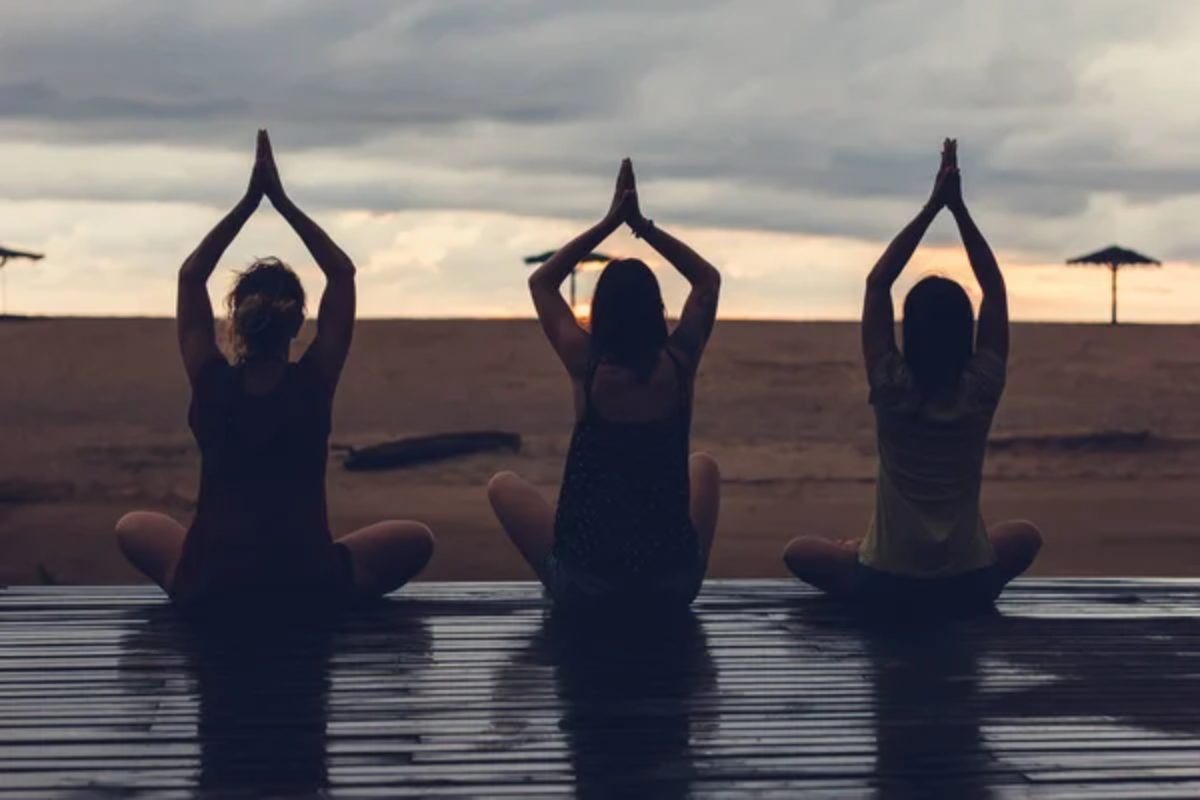
Buddhist meditation centers throughout Thailand offer minimalist accommodations with a clear purpose—reducing external distractions to focus on internal experience. Simple rooms, limited meals (sometimes just breakfast and lunch), and scheduled meditation sessions provide structure without excess. Many retreats request participants to hand over digital devices upon arrival, creating space for genuine disconnection.
The white clothing worn by participants eliminates fashion concerns and visual distractions. These retreats demonstrate that the minimalist approach applies not just to physical possessions, but to activities and stimuli as well—fewer inputs often create richer experiences.
Canal Boat Trip, England
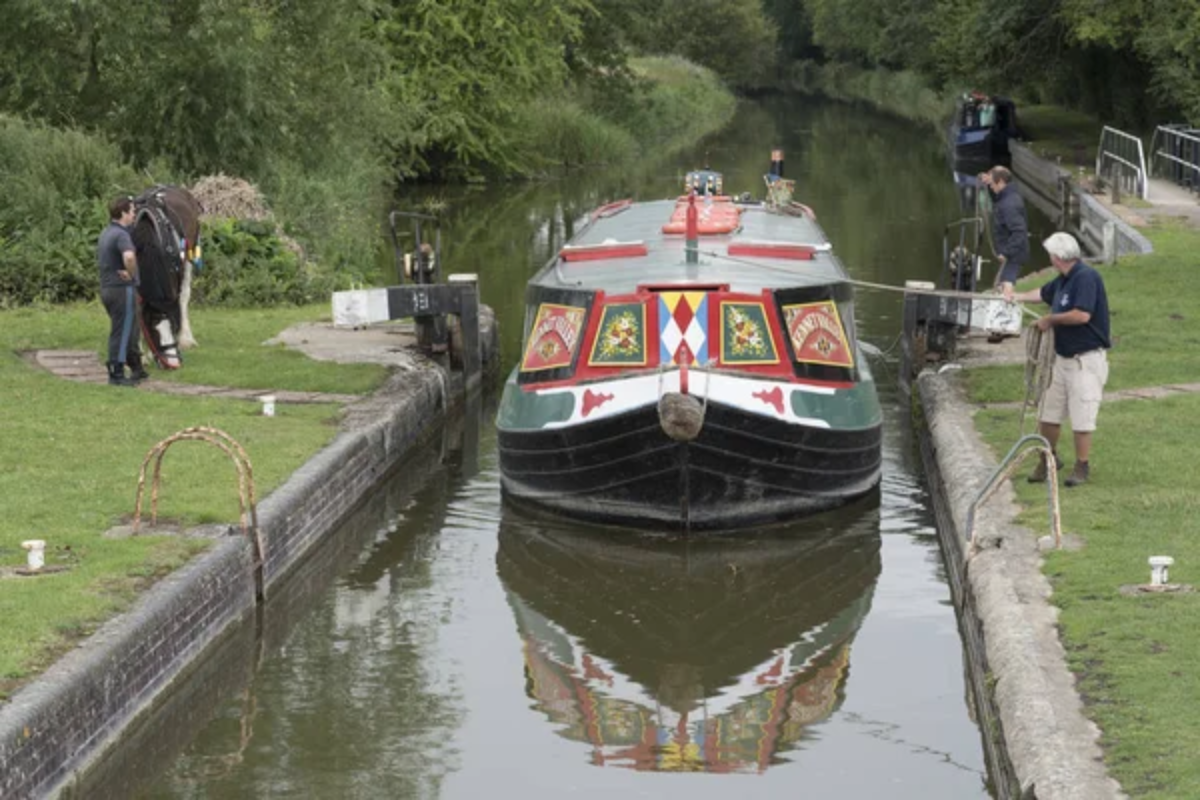
Navigating England’s narrow canal network aboard a traditional narrowboat enforces minimalism through space constraints and reduced speed. The boat’s limited storage requires thoughtful packing, while the maximum speed of 4 mph naturally slows the experience of the landscape. The mechanical simplicity of operating locks and bridges connects travelers directly with the historic infrastructure.
Simple towpath pubs provide social connection without commercial excess. The linear nature of canal travel—one must go forward or backward on the same route—eliminates the paradox of choice that often complicates travel planning, creating a naturally minimalist itinerary.
Like Travel Pug’s content? Follow us on MSN.
Torres del Paine Circuit, Patagonia
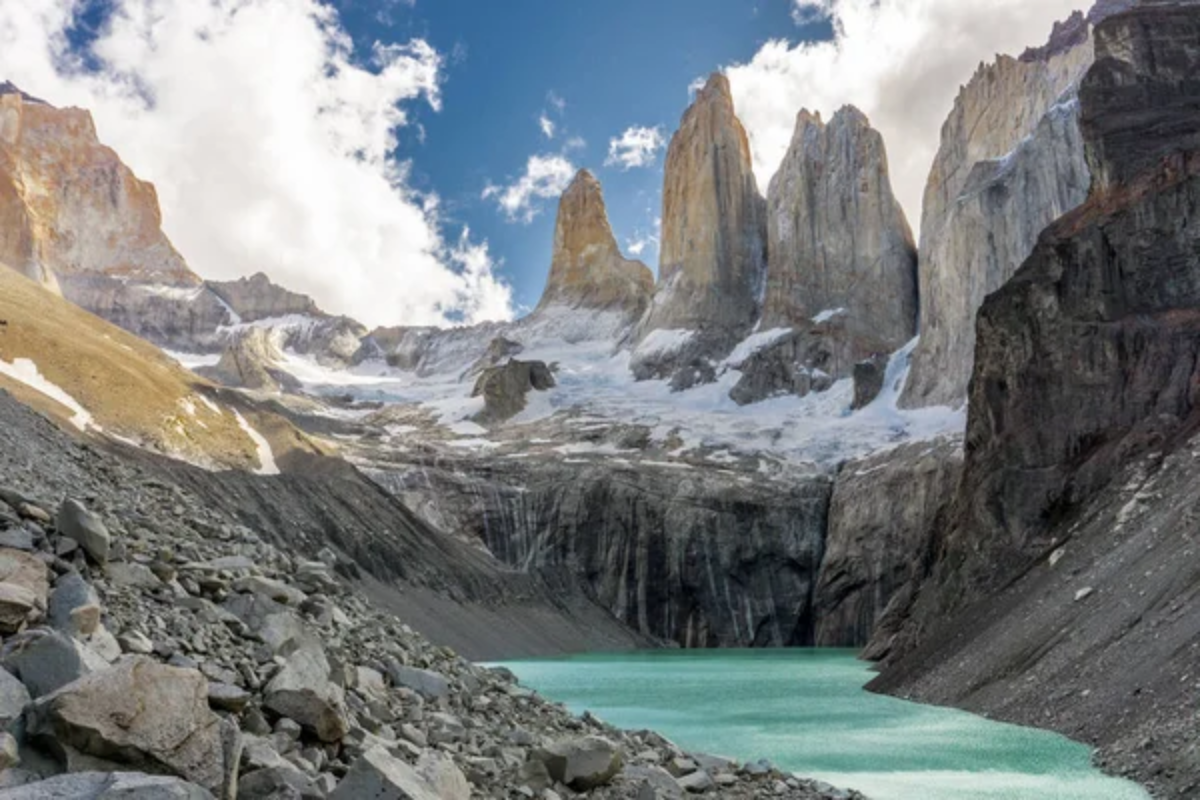
This classic trekking route through Chilean Patagonia rewards those willing to carry everything they need on their backs. The remote location and challenging conditions necessitate careful selection of high-quality, multifunctional gear—embodying the minimalist principle of choosing fewer, better items.
Basic refugios (mountain huts) provide shelter without luxury, while dramatic landscapes demonstrate how natural beauty requires no enhancement. The physical challenge of the trek itself becomes the primary activity, eliminating the need for additional entertainment or distraction.
The circuit’s defined route removes decision fatigue, allowing deeper immersion in the present experience rather than constant planning.
The Minimalist Advantage
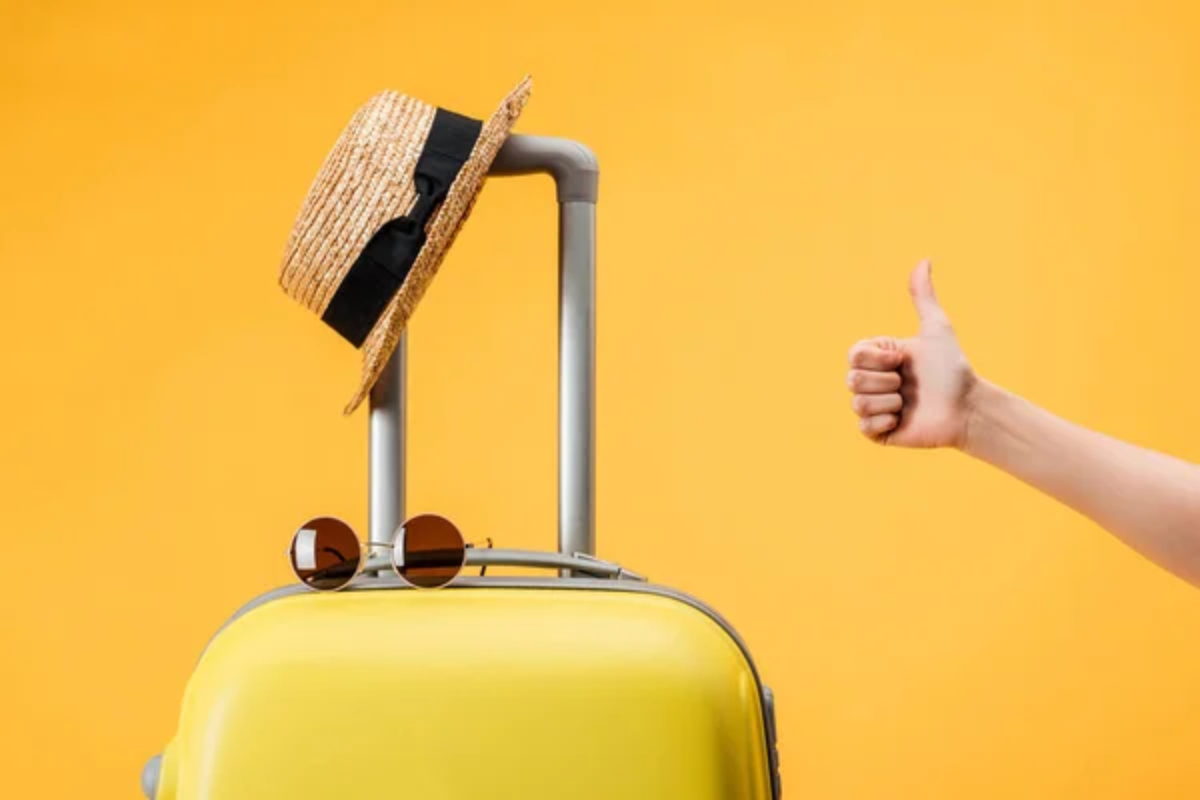
What unites these diverse trips is their ability to convert apparent limitations into advantages. Minimalist travelers discover that carrying less creates more freedom, planning less allows more authentic discovery, and consuming less enables a more meaningful connection. The constraints these journeys impose—whether through remote locations, physical challenges, or cultural contexts—create the very conditions that allow travelers to experience destinations more deeply.
By deliberately choosing trips that align with minimalist principles, travelers don’t just simplify their journeys—they often transform their relationship with material possessions, digital connection, and personal priorities long after returning home.
More from Travel Pug

- 20 Towns Built for One Purpose That Were Later Abandoned
- 15 Hidden Spots in Disney World’s Magic Kingdom Most Visitors Miss
- 20 Once-Popular Beach Towns That Are Now Ghostly Empty
- 15 Canyons in the U.S. That Are Just as Stunning as the Grand Canyon
- 10 Under-the-Radar Mountain Towns That Are Both Affordable and Beautiful
Like Travel Pug’s content? Follow us on MSN.
